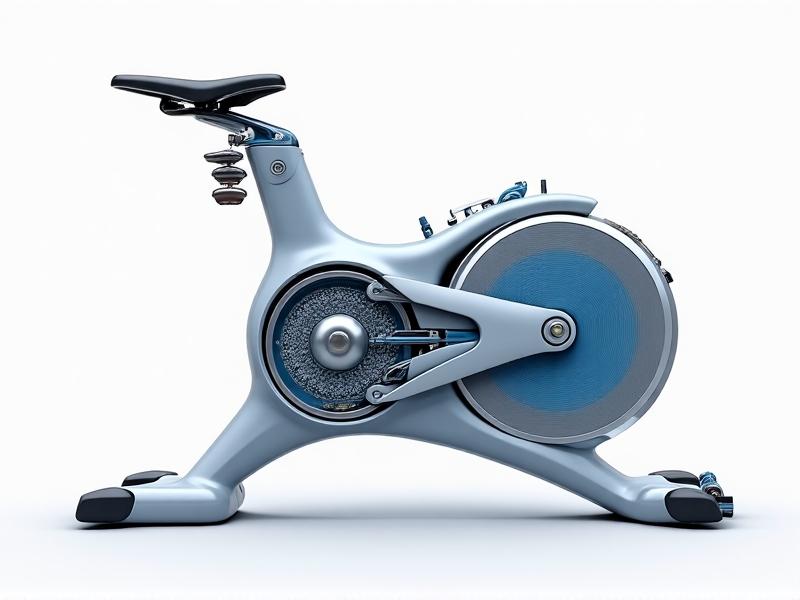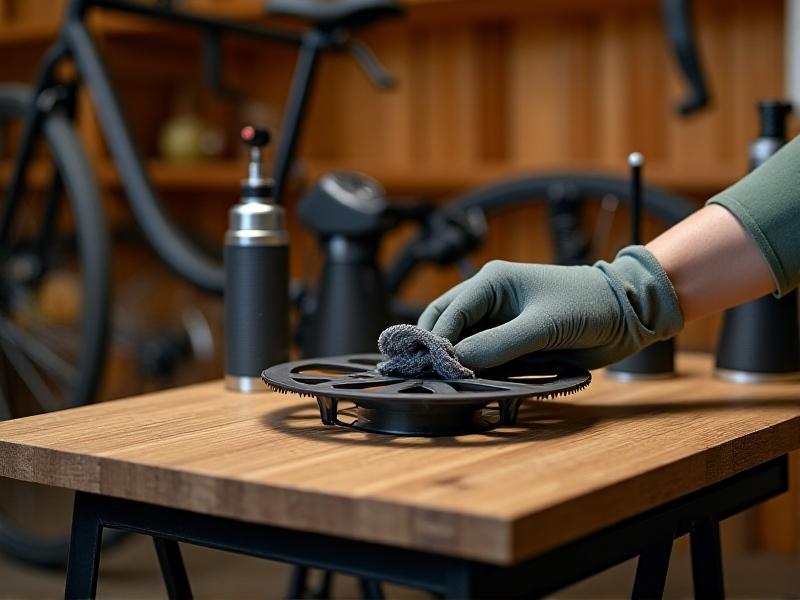Under-Desk Cycling Resistance Settings
Understanding Resistance Settings in Under-Desk Cycling
Under-desk cycling has emerged as a popular solution for combating sedentary lifestyles, but its effectiveness hinges on mastering resistance settings. Resistance determines how much effort your muscles exert during pedaling, influencing calorie burn, muscle engagement, and overall workout quality. Unlike traditional stationary bikes, under-desk models prioritize quiet operation and compact design, often utilizing magnetic, friction, or air resistance systems. Magnetic resistance, for instance, offers smooth adjustments via dials or digital controls, while friction-based systems use physical pressure against the flywheel. Understanding these mechanisms helps users tailor workouts to their fitness goals without disrupting their workspace.

How Resistance Settings Impact Your Workout
Adjusting resistance isn’t just about making pedaling harder or easier—it shapes the type of workout you achieve. Low resistance (3–5 on a 10-point scale) promotes steady-state cardio, ideal for prolonged use while typing or reading. Moderate resistance (6–7) engages the quadriceps and calves more intensely, mimicking a brisk walk. High resistance (8–10) transforms the activity into a strength-building session, targeting glutes and hamstrings. Studies suggest alternating between low and high intervals can boost metabolism by up to 20% compared to static pedaling. The key is to align resistance with task demands: lighter for cognitive work, heavier during breaks or standing sessions.

Optimizing Resistance for Health Benefits
Strategic resistance use maximizes specific health outcomes. For posture correction, medium resistance strengthens core stabilizers when paired with an upright seated position. Those targeting weight management benefit from interval training: 2 minutes at resistance 8 followed by 5 minutes at 4. Rehabilitation users should maintain resistance 2–4 to promote joint mobility without strain. Surprisingly, a 2023 University of Michigan study found that 45 minutes of low-resistance cycling daily reduced lower back pain by 34% in desk workers. Always pair resistance adjustments with proper seat height—knees should have a 25–30° bend at the pedal’s lowest point.
Choosing Your Resistance Profile
Your ideal resistance profile depends on three factors: fitness level, work habits, and goals. Beginners should start at 20–30 RPM (rotations per minute) with resistance 3–4, gradually increasing as endurance improves. For multitaskers who need to focus, a ‘set-and-forget’ approach at resistance 5 works best. Fitness enthusiasts can create micro-workouts: during a 10-minute break, do 1 minute at resistance 9 followed by 1 minute at 3. Many smart bikes now offer app-integrated profiles—a ‘Meeting Mode’ with gentle resistance or ‘Energy Burst’ preset for high-intensity intervals. Listen to your body: mild leg fatigue is normal, but sharp joint pain signals improper resistance or posture.

Maintenance and Calibration Tips
Consistent maintenance ensures accurate resistance levels. For magnetic systems, clean dust from flywheel gaps monthly using compressed air. Friction-based pads require weekly checks for wear—replace if pedaling feels unevenly strenuous. Digital resistance controls need occasional recalibration; consult your manual if the bike feels looser or tighter than selected settings. A simple test: at resistance 5, your pedaling should feel comparable to walking up a 5° incline. Lubricate moving parts quarterly with silicone-based sprays, avoiding oil-based products that attract dirt. Store bikes in dry areas to prevent corrosion from humidity, which can permanently alter resistance mechanisms.

Future of Adaptive Resistance Technology
Emerging technologies are making resistance adjustments smarter and more intuitive. Machine learning algorithms now analyze typing patterns to suggest resistance changes—lower when email composition rates drop (indicating deep focus) or higher during frequent scrolling (suggesting mental breaks). Haptic feedback systems vibrate the handlebar to prompt resistance shifts, while biometric integration adjusts tension based on real-time heart rate data. The latest prototype from Oslo Tech uses EEG headbands to match resistance with brainwave states, increasing challenge during high-alert gamma waves. Though still in development, these innovations promise seamless integration of physical activity into cognitive workflows.








